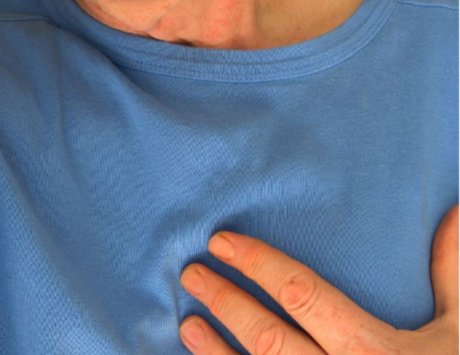Men had nearly twice the risk of Myocardial Infarction (MI) compared with women even after adjusting for coronary heart disease risk factors such as serum lipid levels, blood pressure, smoking, diabetes, body mass index and physical activity, according to a study in Norway.
The difference between genders remained similar throughout most of their lives, although it declined a bit later in life because the incidence of MI flattened for men.
Lead researcher Grethe Albrektsen, PhD, of the Norwegian University of Science and Technology in Trondheim, Norway, and colleagues published their results online in JAMA Internal Medicine on Sept. 12.
For this analysis, the researchers evaluated 33,937 adults who participated in the Tromsø Study and completed at least one survey from 1979 through 2008. For each of the surveys, participants completed a questionnaire regarding demographic and clinical information and lifestyle factors. They also underwent a physical examination that included anthropometric measures, blood pressure measurements and blood samples.
During the follow-up period, which lasted from 1979 to 2012, 2,793 participants were diagnosed with incident MI, including 886 women and 1,907 men. The incidence rate for MI was lower among women than among men at every five-year age increment except for adults who were 95 or older.
The incidence rate difference between men and women increased with age, while the incidence rate ratio decreased. After adjusting for age and birth cohort, the overall relative risk of MI for men vs. women was 2.72, which was similar to the age-adjusted incidence rate ratio.
High-density lipoprotein (HDL) cholesterol and total cholesterol were the two risk factors that had the strongest impact on the association with sex, according to the researchers. After adjusting for total cholesterol, HDL cholesterol, diastolic blood pressure and smoking, the incidence rate ratio was 2.07, which the researchers mentioned was still substantial. They added that adjusting for systolic blood pressure, diabetes, body mass index and physical activity had no notable impact.
“Men have roughly twice the risk of MI compared with women, a contrast that cannot be explained by established [coronary heart disease] risk factors,” the researchers wrote. “The sex difference persists throughout life but declines with age. The minor changes in [incidence rates] when moving from premenopausal to postmenopausal age in women make it unlikely that changes in female hormone levels influence the risk of MI. A better understanding of the mechanisms behind the observed gender gap in risk of MI is important both for prevention and treatment of disease in women, as well as in men.”
Author: Tim Casey
